We have much more to do and your continued support is needed now more than ever.
Clean, Accessible Water for Texas Communities and Wildlife
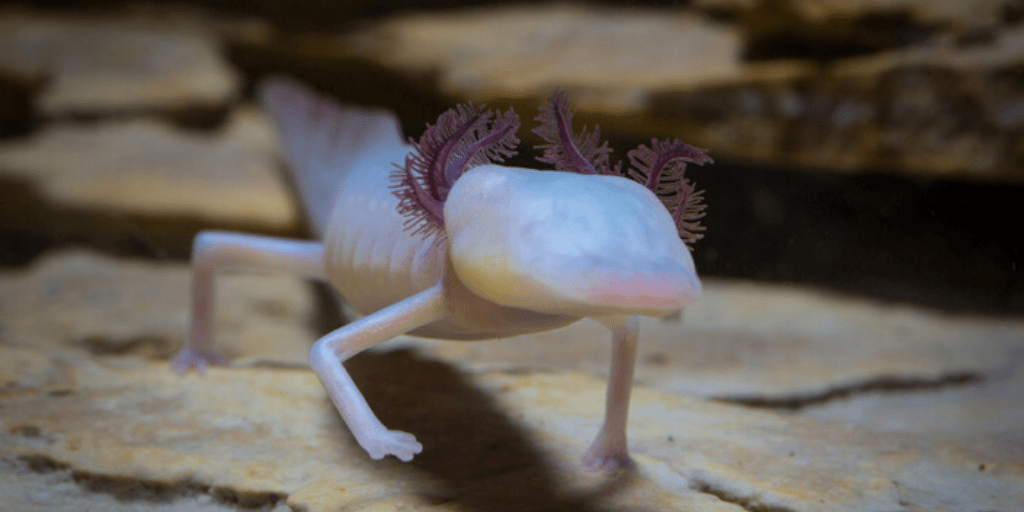
Water is an essential part of life, especially during the COVID-19 pandemic. A single person in the United States uses an average of 80-100 gallons of water per day—just indoors—and total water usage nationwide was estimated to be about 322 billion gallons per day in 2015. Water utilities manage our water to provide a safe supply for domestic, industrial, commercial, and agricultural use, playing a vital role in our society. It is crucial that these water providers manage our water resources wisely, especially in drought-prone areas like Texas.
To help local water providers in doing just that, the National Wildlife Federation, in partnership with the Sierra Club-Lone Star Chapter, Galveston Bay Foundation, and Hill Country Alliance, developed the Texas Water Conservation Scorecard.

The Texas Water Conservation Scorecard is an in-depth analysis that ranks more than 350 Texas water utilities on their water conservation efforts. This is the only analysis of its kind in Texas and to the best of our knowledge, throughout the nation. The Scorecard highlights for Texans how their local water utility is, or is not, taking necessary steps to conserve water—now and for the future.
Water suppliers can take steps to reduce local water use and therefore save both water and money. But are they? The Texas Water Conservation Scorecard utilizes publicly accessible information from water utilities to determine whether they are taking advantage of the available tools and recommendations to reduce water consumption and increase resilience.
The 2020 Scorecard
This year’s Scorecard shows that Texas water providers, for the most part, have not improved their efforts to conserve water in the last four years. While there are some high achievers in Texas, almost all utilities can do more to save water. There are two key areas utilities should focus on: Water Loss, and Outdoor Watering. Water utilities can lose an astonishing amount of water from leaking pipes, broken water mains, faulty meters, and other aging infrastructure, with some utilities in Texas losing as much as 18 percent of water before it reaches customers’ taps.
Excessive outdoor watering is another major issue that many utilities are failing to tackle, with up to half of a city’s water used to keep grass green or irrigate fields. Water use increases dramatically during the summer due to lawn watering, and experts emphasize that much of this water is used inefficiently. The best practices are to restrict water use during the heat of the day to limit evaporation and to only water on certain days of the week to reduce overwatering. While some Texas utilities have implemented measures to encourage their customers to use only the amount of water necessary for their landscape, over half of the state’s large and medium-size utilities still have no limits on outdoor water use outside of drought periods.
There were some positive trends noted in the 2020 Scorecard, however, including that the number of large and medium-size utilities that achieved per capita water use of 140 gallons per day or less more than doubled from 24 to 59 utilities. But overall, this year’s Scorecard illustrates that most of the water utilities evaluated could substantially increase their water conservation efforts. Utilities have many options to control water loss and to reduce municipal water use, especially outdoor water use, that they are not pursuing, and if they take advantage of these options, as well as new opportunities to finance water conservation, they can save water and money for current and future Texans.
This realization comes as experts forecast a high likelihood of more frequent and extensive dry periods for Texas in the coming decades. And yet, as Texas faces a changing climate and severe dry periods, as well as an unprecedented health crisis, an analysis by Grist has found that the Texas Commission on Environmental Quality continues to weaken environmental standards and policies to protect clean air and water. This raises concerns for both people and wildlife.
Our human communities need water to bathe, cook, clean, and wash their hands—as readily seen during the COVID-19 outbreak. Wildlife also needs water to survive, and water management measures can greatly alter species’ habitats and migrations, as well. Water utilities can play a critical role in spearheading water conservation efforts that will ensure Texas has enough water to meet the needs of both its people and the environment.
Five Species Reliant on Water Conservation Efforts
Below are five endangered Texan species that, like humans, rely on clean, protected waterways and aquifers to survive. These species are found in the San Marcos region of the Edwards Aquifer, Spring Lake, and the upper San Marcos River.
The upper San Marcos River is one of the most biologically diverse aquatic ecosystems in the southwestern United States with numerous unique, endemic species found in this River. The Edwards Aquifer region encompasses the San Marcos River and is one of the most species-rich groundwater systems in the world, housing more than 40 highly adapted, aquatic, subterranean species. Not only is the Edwards Aquifer an essential component of Texas’ natural ecosystems, but it also is one of the most abundant artesian aquifers in the world, supplying water to over two million people and thousands of farmers in the region.
1. Texas Blind Salamander
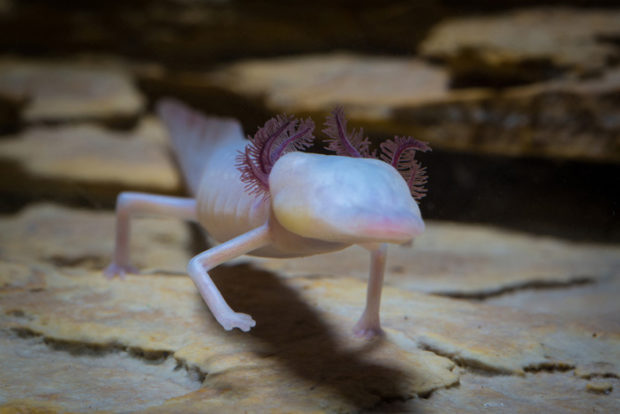
This sightless, frail-legged, and cave-dwelling salamander is endemic to the water-filled caves of the Edwards Aquifer, and scientists know of only one population of this salamander in the Edwards Plateau region near San Marcos. That population seems to be stable but has limited numbers.
The Texas blind salamander lives in complete darkness and has two small black dots under its skin that mark the location of vestigial eyes. It is extremely sensitive to changes in water quality from threats like groundwater pollution, and it depends on the pure, stable springflows of the Edwards Aquifer to survive. Increased demand for water and development over recharge areas have led to diminished springflows and pollution of groundwater and runoff, which pose serious threats to this species.
2. Fountain Darter
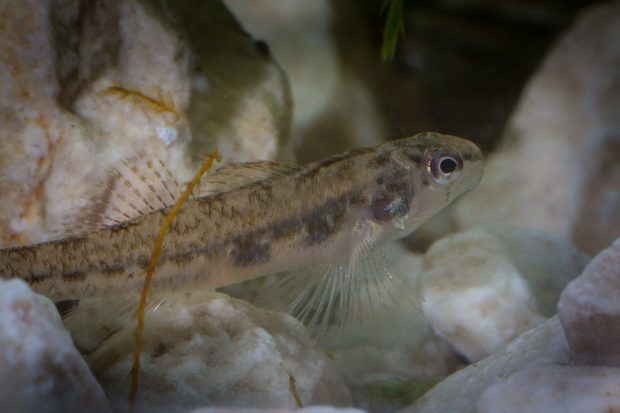
This small, striped fish is endemic to the San Marcos and Comal Rivers, now only occupying the Rivers’ headwaters in Hays and Comal Counties. The population of fountain darters in the Comal River was completely eliminated in the 1950s when its habitat was diminished to isolated pools by a major drought. But, this river was restocked in 1975 and 1976 with 457 darters taken from the San Marcos River.
The fountain darter is most commonly found in clear, calm backwaters with an abundance of aquatic plants and matted algae. While spawning, a female will attach its eggs to mosses and algae. Destruction of aquatic vegetation in Spring Lake and the San Marcos River, recreational use of the San Marcos River, and long-term depletion of the Edwards Aquifer create extreme challenges for this species. Because of its reliance on vegetation, the disruption of algae mats by swimmers and divers, as well as the introduction of giant rams-horn snails that feed on the fish’s habitat, have also greatly threatened the darter’s survival.
3. Comal Springs Dryopid Beetle
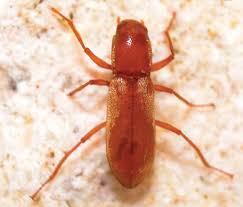
The Comal Springs dryopid beetle is the only known member of the Dryopidae family that lives underground. Like the Texas blind salamander, this beetle has non-functioning, vestigial eyes and translucent skin, and it lives primarily in flowing, uncontaminated waters. This species was recently discovered, with the first collected specimen found in 1987. It inhabits the Comal and Fern Bank Springs, and it is unknown whether this species historically occupied other springs that are now mostly dried up, such as the San Pedro Springs and San Antonio Springs.
The Comal Springs dryopid beetle cannot swim, which likely limits its range, restricting it to the headwaters of springs and spring runs. Dryopid beetles rely on flowing water to obtain oxygen. They use a mass of tiny, unwettable hairs on their underside to maintain a thin bubble of air where gas exchange occurs, allowing them to breathe. But, when once-flowing water becomes stagnant and dries up, dissolved oxygen levels decrease, making this method of respiration extremely difficult. Thus, reductions in springflow, which lead to the drying up of spring runs, can greatly affect its survival and reduce its already limited range. Groundwater pumping and contamination pose serious threats to this species.
4. Texas Wild Rice
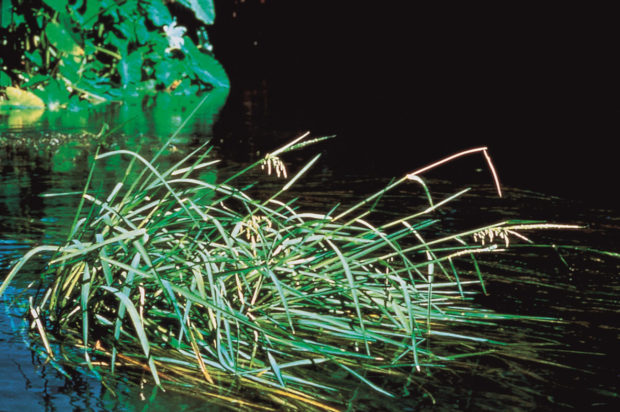
This aquatic rice is the first Texas plant to be placed on the endangered species list and is endemic to the state. Once rather abundant in the San Marcos River and Spring Lake at the River’s headwaters, its populations had drastically declined by 1967, with reports of only one plant in Spring Lake, one in the upper San Marcos River, and only scattered plants in the lower River. Its seeding plants have become increasingly rare in the wild, and it is now only found in the upper four miles of the River.
This species is extremely vulnerable to changes in water flow, quality, and temperature, and silting, river dredging and damming, and stagnant water can kill Texas wild rice. Increased pumping and diversion of Edwards Aquifer groundwater are also major threats for this plant because they lower water levels, exposing the plant’s habitat.
5. Peck’s Cave Amphipod
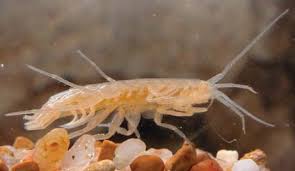
This aquatic crustacean lives underground, and its primary habitat seems to be a zone of permanent darkness in the Edwards Aquifer, specifically in the Comal and Hueco Springs and the Panther Canyon monitoring well. This species is eyeless, and the first recorded Peck’s Cave amphipod was collected at Comal Springs in 1964. Outside of the Aquifer, it can sometimes be found in the crevices of rocks and in the gravel near springs.
Like its fellow invertebrate, the Comal Springs dryopid beetle, this species needs flowing, clean water to survive. Siltation, fluctuations in temperatures, stagnation of water, and reduced water flow are serious risks for the Peck’s Cave amphipod.
Conservation For A Cleaner Future
Water conservation is a necessary effort to protect both our human communities and natural ecosystems. Despite this, the 2020 Texas Water Conservation Scorecard shows that Texas is far from reaching the level of water conservation necessary to meet future water supply challenges as water utilities are having little success with decreasing water loss, reducing water use, and implementing available best management practices.
While Texas utilities have a considerable amount of work to do, more must also be done to support utilities in their water conservation endeavors, as well as to hold them accountable for safeguarding Texas’ water future. This year’s Scorecard recommends a number of actions to help ensure that both water utilities and the State of Texas are advancing water conservation efforts and providing clean, accessible water for its human communities and wildlife.
Learn more about these recommendations from the 2020 Scorecard and how you can help conserve water and reduce water loss in your community!





















